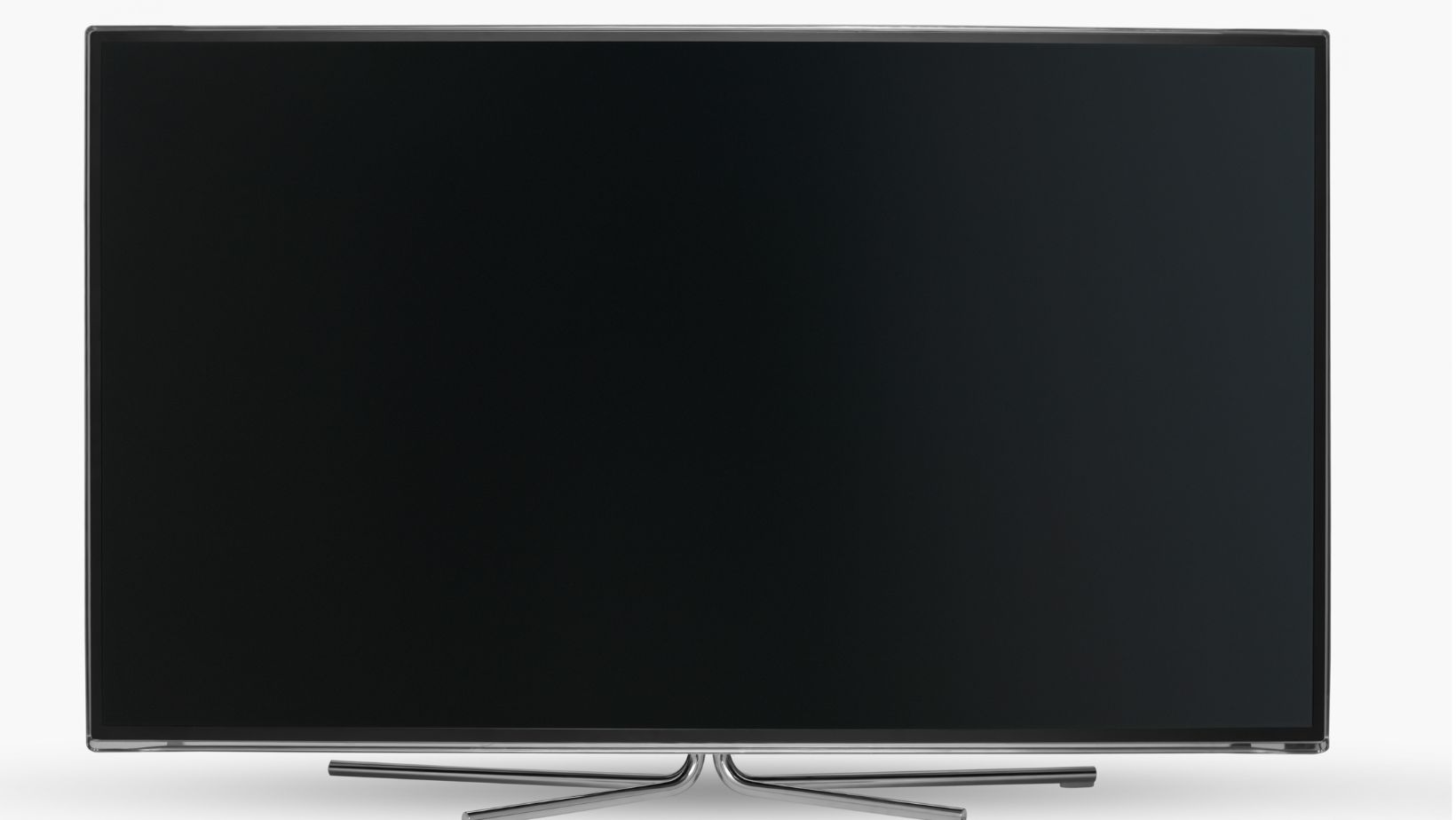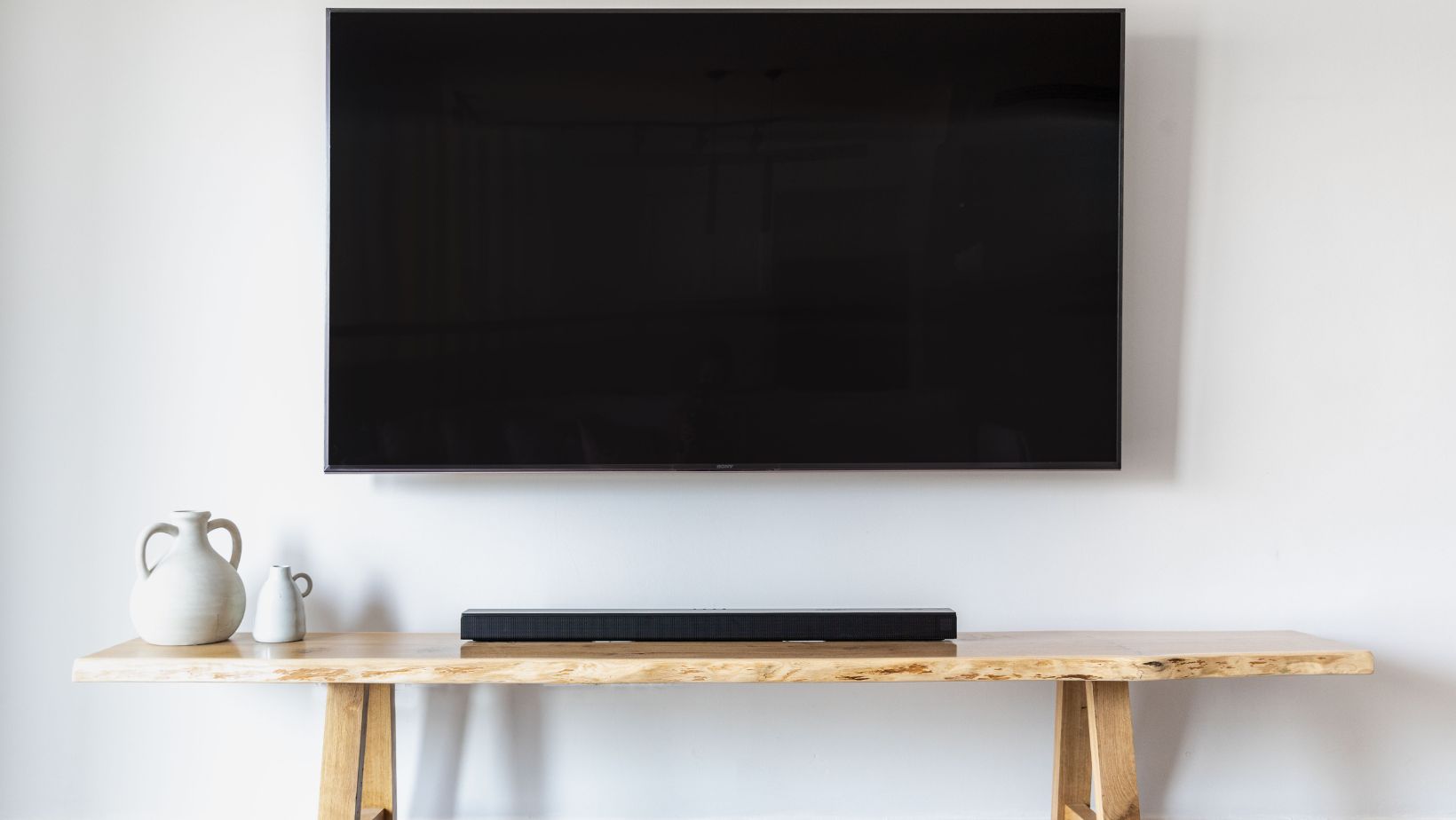When shopping for a new TV, it’s crucial to consider various factors to ensure you make the right choice. As a tech enthusiast, I understand the importance of finding the perfect television that suits your needs and preferences. From screen size to resolution, there are key elements to keep in mind before making a purchase.
As I guide you through the essential aspects of buying a new TV, you’ll learn about the significance of features like smart capabilities, refresh rates, and connectivity options. Making an informed decision when selecting a television can enhance your viewing experience and bring entertainment to a whole new level. Let’s explore the vital considerations that will help you find the ideal TV for your home.
Understanding TV Resolutions
When shop latest tvs, one crucial aspect to consider is understanding TV resolutions. This factor plays a significant role in determining the picture quality and overall viewing experience. Let’s delve into two key aspects related to TV resolutions: 4K Ultra HD vs. 8K and the importance of HDR compatibility.
4K Ultra HD vs. 8K
When it comes to TV resolutions, 4K Ultra HD and 8K are two terms that you’ll frequently encounter. 4K Ultra HD, also known as 4K, offers a resolution of 3840 x 2160 pixels, providing sharper and more detailed images compared to Full HD. On the other hand, 8K takes it a step further with a resolution of 7680 x 4320 pixels, delivering an unparalleled level of clarity and realism. While 8K TVs offer superior picture quality, they come at a higher price point and are best suited for larger screen sizes to fully appreciate the enhanced resolution.
Importance of HDR Compatibility
High Dynamic Range (HDR) is another essential feature to consider when selecting a new TV. HDR technology enhances the contrast and color accuracy of the display, resulting in more vibrant and lifelike images. TVs with HDR compatibility can produce brighter highlights, deeper blacks, and a wider range of colors, providing a more immersive viewing experience. When combined with a higher resolution like 4K or 8K, HDR can elevate your entertainment experience to new heights, making it a must-have feature for those looking to enjoy the latest content in stunning detail.
Understanding the differences between 4K Ultra HD and 8K resolutions, along with the significance of HDR compatibility, can help you make an informed decision when purchasing a new TV. By considering these factors, you can ensure that you choose a television that meets your viewing preferences and brings your favorite movies, shows, and games to life in exceptional quality.
Choosing the Right Screen Size
When selecting a new TV, the screen size is a crucial factor to consider. Let’s delve into key considerations to ensure you choose the perfect size for your viewing needs.
Based on Room Dimensions
I always recommend considering the dimensions of the room where the TV will be placed. The screen size should complement the room size to provide an immersive viewing experience. For instance, for a small room, a TV with a screen size between 32-49 inches would be suitable, while larger rooms might benefit from TVs ranging from 50-75 inches or more. Ensuring the screen size aligns with the room dimensions can enhance your viewing pleasure and overall aesthetic.
Viewing Distance Considerations
When thinking about the screen size, it’s essential to factor in the viewing distance. The distance between the TV and seating area impacts the optimal screen size for comfortable viewing. As a general rule, for a viewing distance of about 4-6 feet, a screen size of 32-49 inches is ideal. For distances of 6-8 feet, consider a 50-64 inch screen, and for distances over 8 feet, a TV size of 65 inches or larger would be suitable. By aligning the screen size with the viewing distance, you can create a cinematic experience right in your living room.
Smart Features and Connectivity
When considering a new TV purchase, it’s crucial to evaluate the smart features and connectivity options to enhance your viewing experience.
Operating Systems Comparison
I find evaluating TV operating systems vital when shopping for the latest TVs. Each operating system offers a distinct interface and features that can impact your overall user experience. Popular operating systems include Android TV, webOS, Tizen, and Roku TV. Android TV, known for its versatility and access to a wide range of apps, is a great choice for those looking for customization options.

On the other hand, webOS offers a user-friendly interface and seamless integration with LG smart TVs, providing a smooth and intuitive browsing experience. Tizen, commonly found in Samsung TVs, boasts excellent performance and compatibility with Samsung devices, making it a preferred choice for Samsung users. Roku TV stands out for its simple interface, vast app selection, and user-friendly navigation, catering to those seeking a straightforward streaming experience.
Compatibility With Smart Home Devices
When shopping for a new TV, I always consider its compatibility with smart home devices to streamline my entertainment setup. Ensuring that your TV seamlessly integrates with your smart home ecosystem can elevate your viewing experience. TVs with built-in voice assistants like Google Assistant or Amazon Alexa offer hands-free control and make it convenient to manage your smart home devices. Additionally, compatibility with smart home hubs such as Apple HomeKit or Samsung SmartThings allows for centralized control of your connected devices. By choosing a TV that harmonizes with your smart home setup, you can create a cohesive and connected living space that enhances both your entertainment and lifestyle.
















